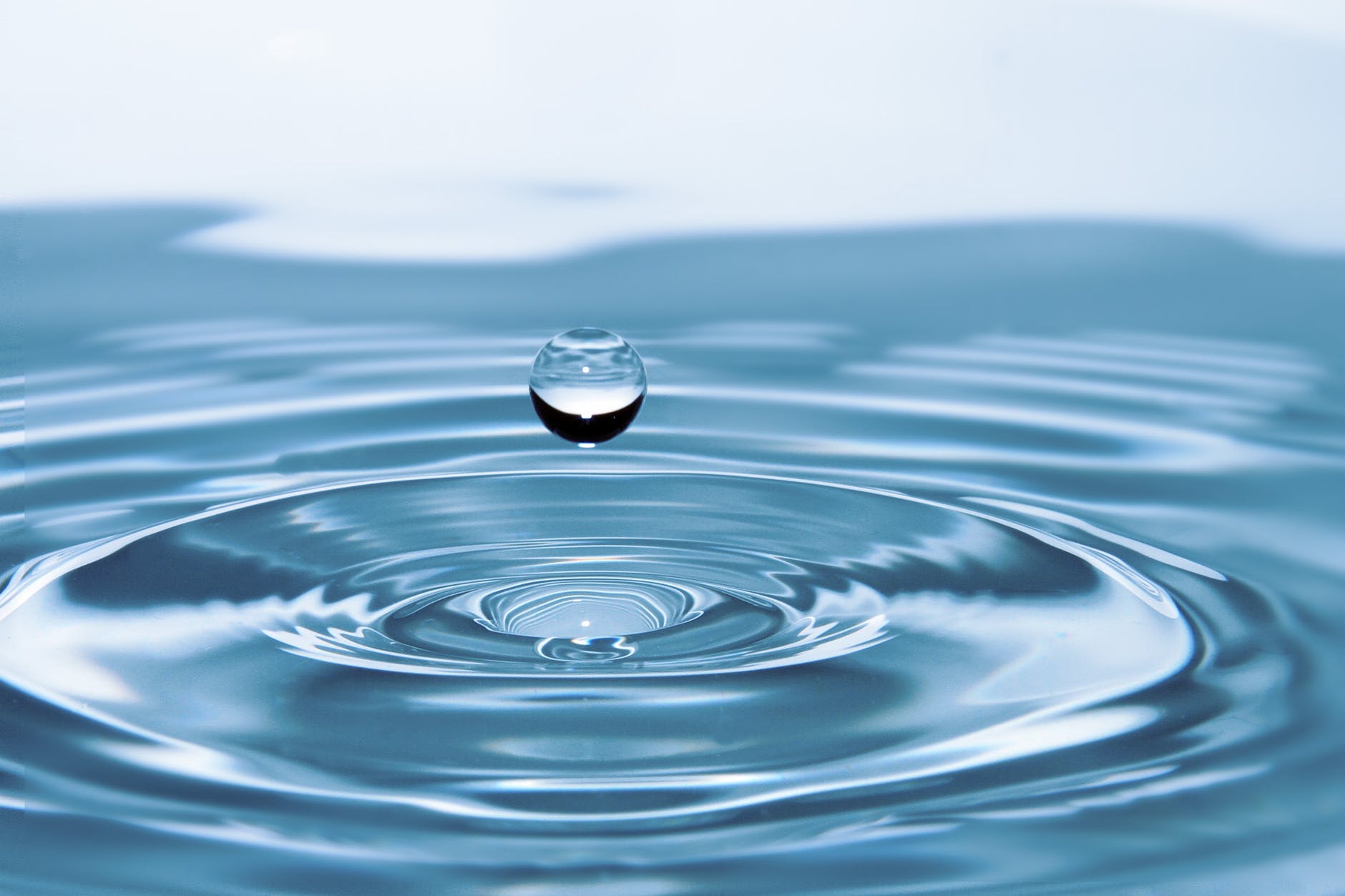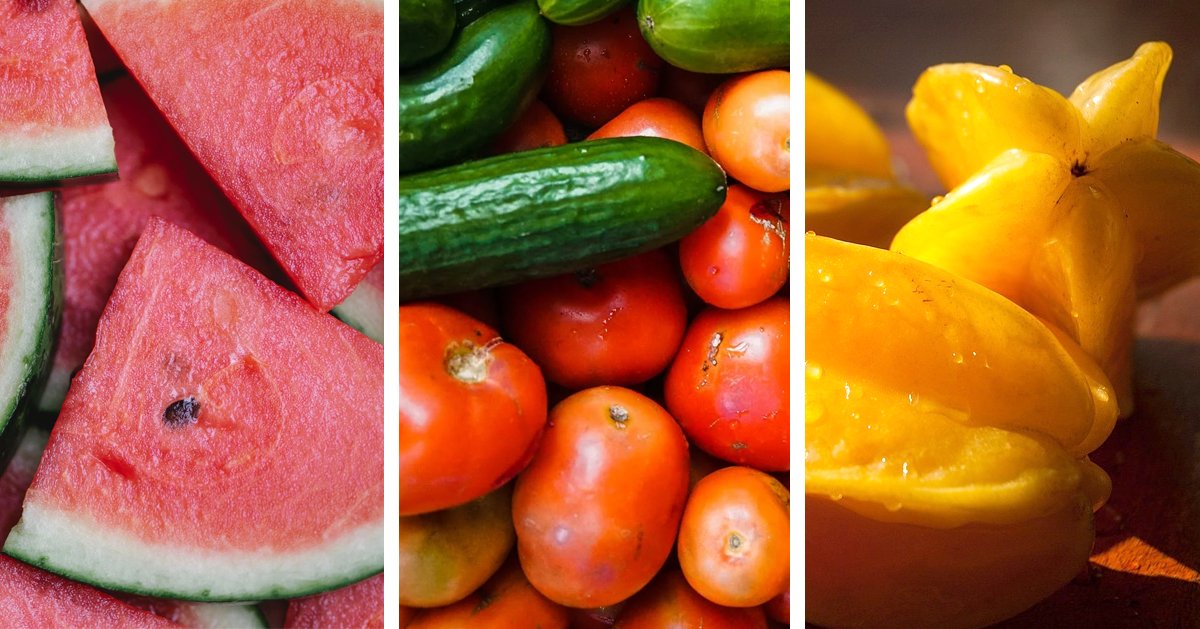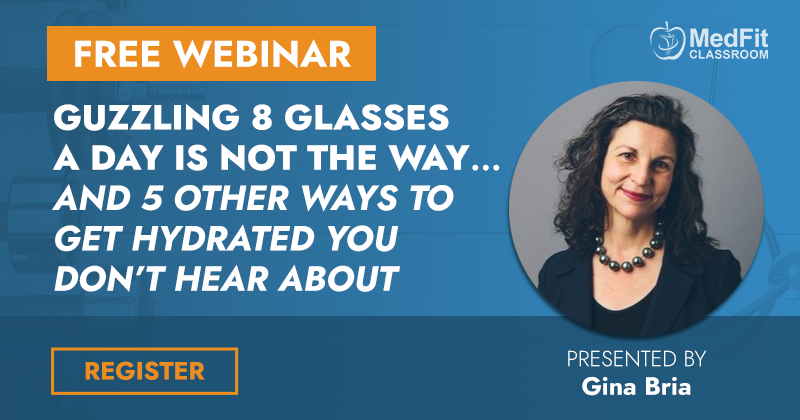Guide On How To Be Hydrated: MOVE Your Water
Water requires movement to stay energized. Even inside our bodies, water needs to move to have its potent cleansing and healing effect. How much we move has far more impact on our hydration than we previously thought. The human body is a hydraulic pump system and squeezing, twisting and contracting all deliver hydration more deeply into our tissues. Our spinal canal and joints are central to this hydraulic system, as is fascia, our sponge-like connective tissue found throughout our bodies, in fact, there’s miles of it in there.





